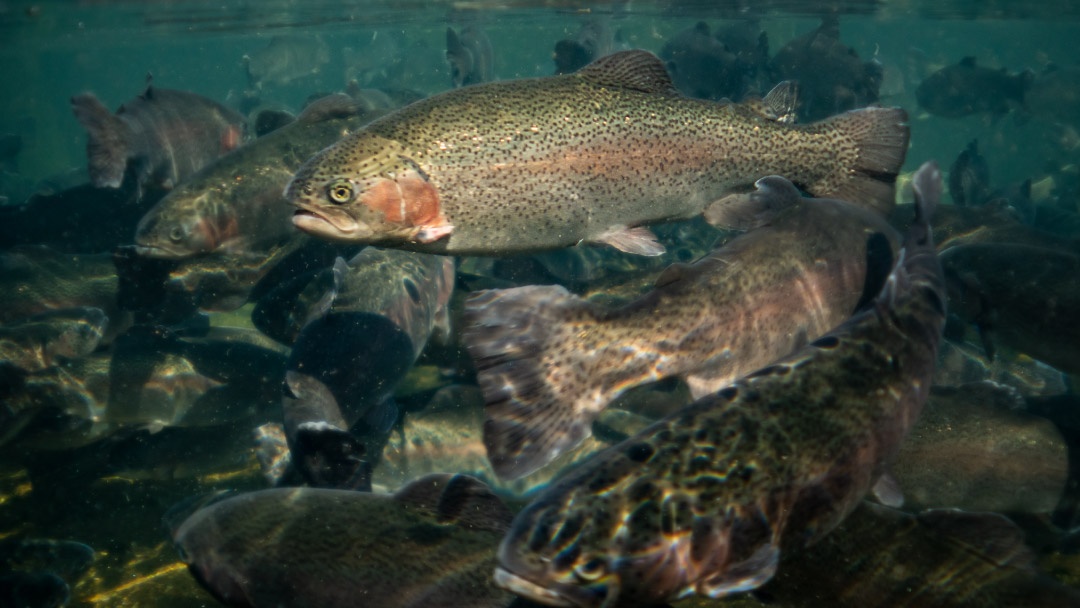
Reducing volatile compounds in rainbow trout farms has become essential to ensure product quality and consumer satisfaction. Odours often arise from accumulated compounds like aldehydes, ketones, and alcohols, produced through environmental and biological processes, including the decomposition of organic matter, algae and cyanobacteria growth, microbial activity, and seasonal changes.
For example, lower winter temperatures reduce the volatilisation of certain organic compounds in the water, potentially leading to build-ups that cause stronger odours. Conversely, higher summer temperatures speed up decomposition and oxidation processes, increasing odour compound production.
To address these issues, experts recommend adjusting water management strategies accordingly. Regular water quality monitoring, temperature control, filtration, and oxygenation are all effective practices.
Algae and cyanobacteria are common sources of unpleasant compounds in water, releasing aldehydes and terpenes when they break down. Additional filtration methods or specific growth inhibitors can control their proliferation without affecting water quality or trout health.
Alternatively, shading ponds, controlling uneaten feed, and managing organic waste can help limit excessive growth and reduce the risk of unwanted odours. Regular pond cleaning and waste removal are essential, especially during warm periods when organic breakdown accelerates.
Pond design is also important. Ideally, ponds should be built in areas where natural water flow supports constant renewal. Depth and size should also be considered, as these factors influence the dispersion and dilution of volatile compounds in the water. In high-altitude areas, where temperatures are lower, recirculation systems may help offset the reduced volatilisation of odorous compounds in winter.
Not only do these practices improve fish quality, but they also contribute to the long-term sustainability and economic success of rainbow trout aquaculture.


